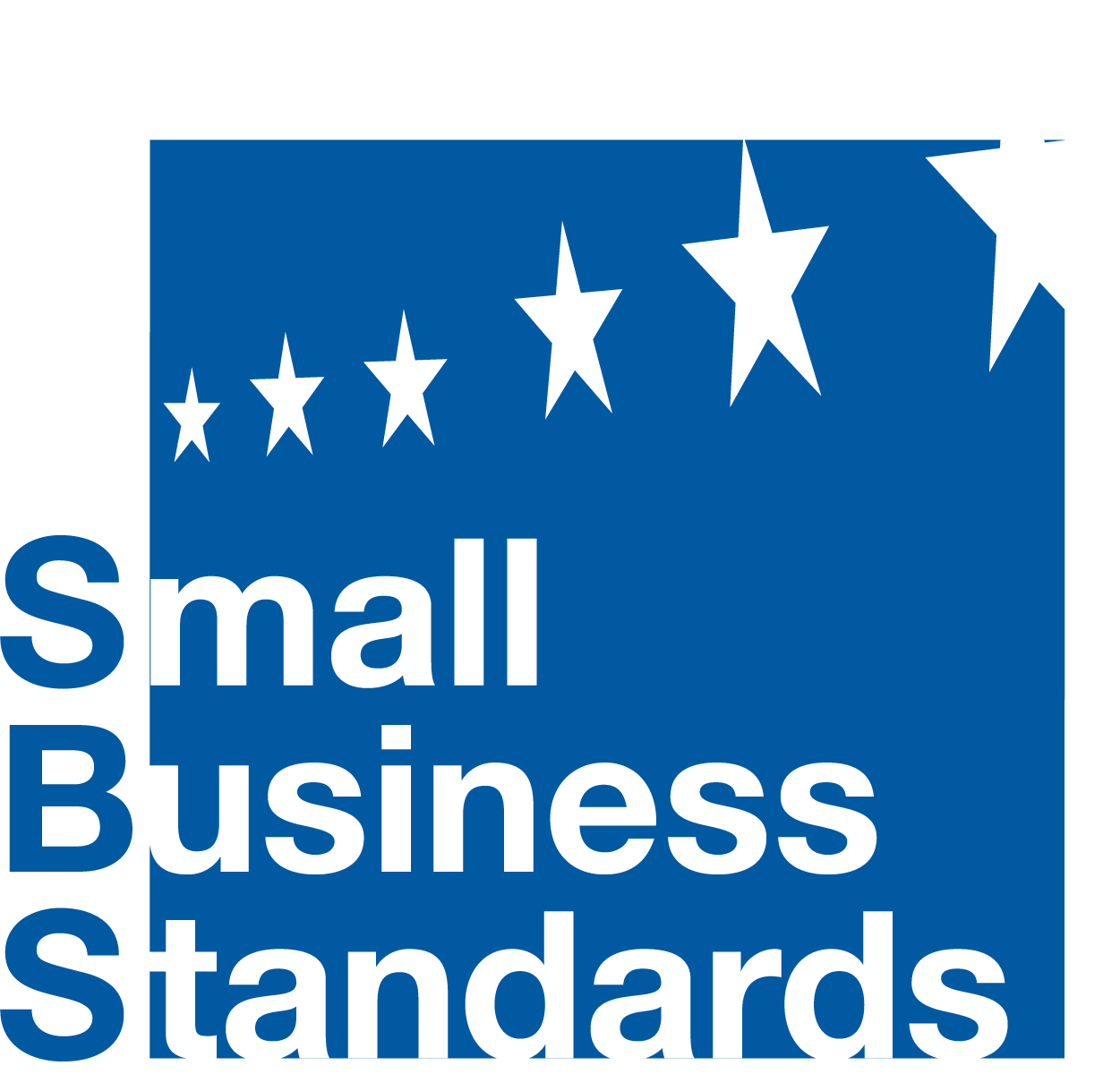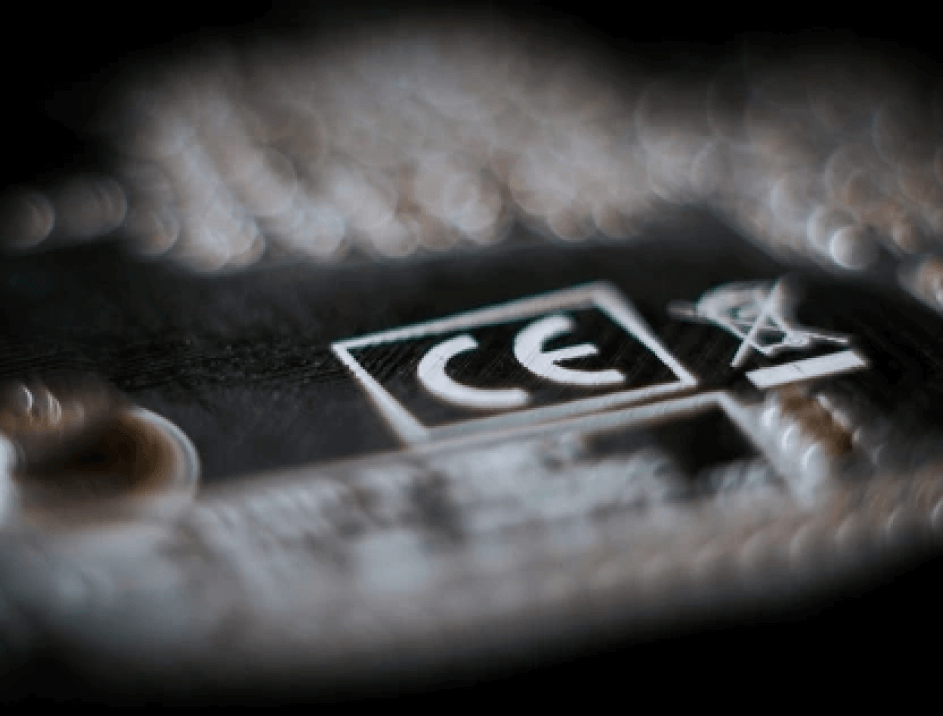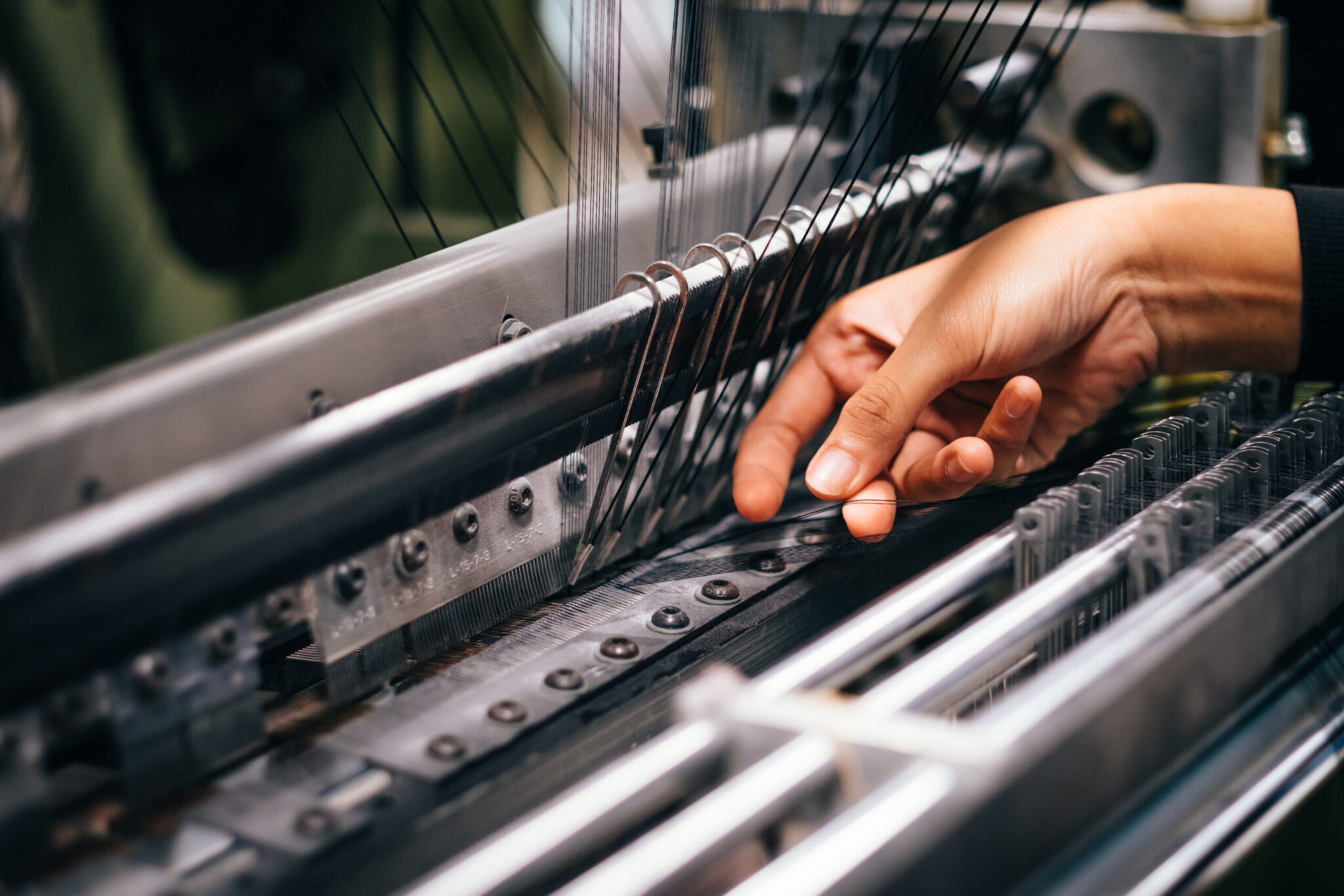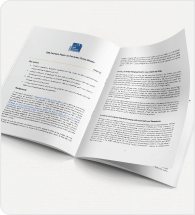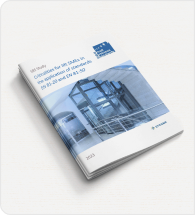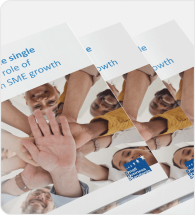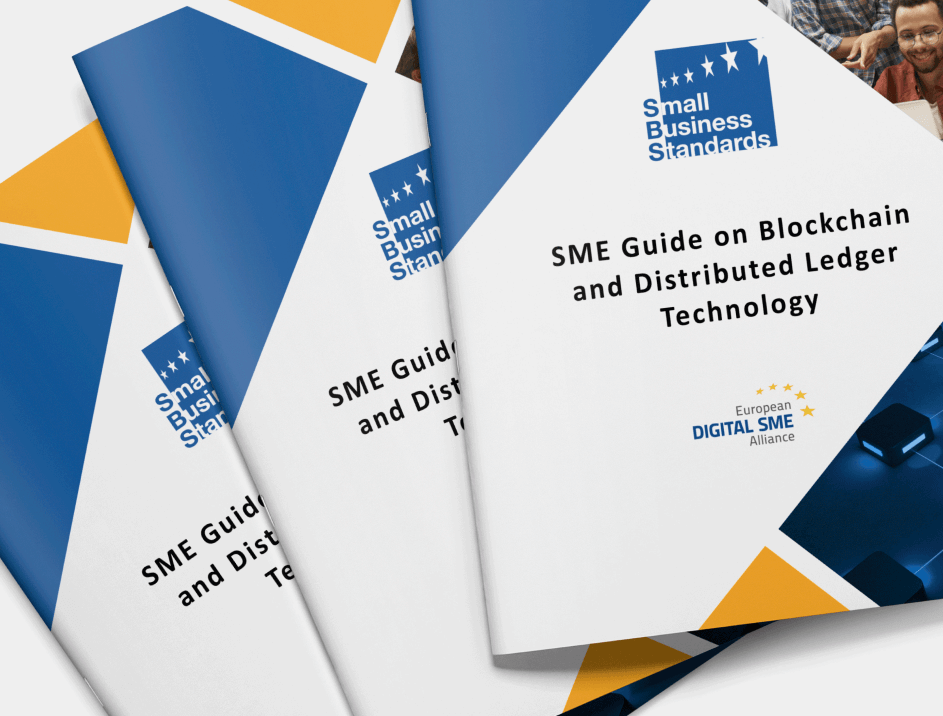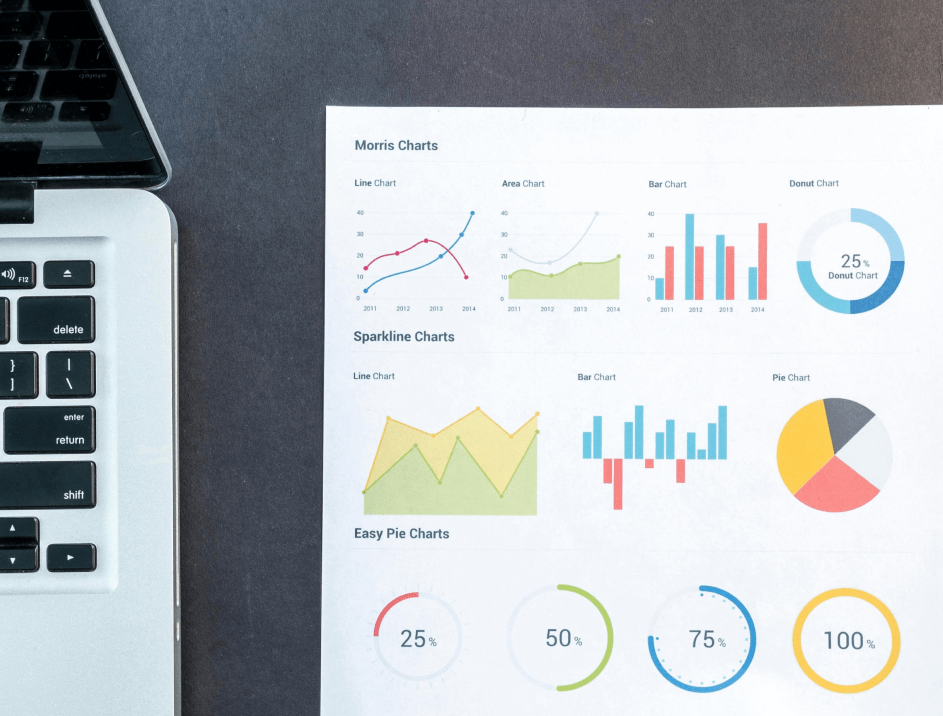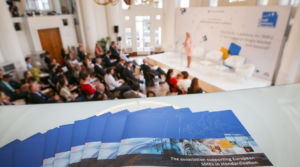Background
Worldwide material consumption has expanded rapidly, as has material footprint per capita. The EU Action Plan for the Circular Economy [1] has established a specific programme of action which shall help to ‘close the loop’ of product lifecycles. It proposes actions to keep resources in the economy and retain the value of these resources, which will contribute towards delivery of a sustainable, low carbon, resource efficient and competitive economy.
Sustainability is also the foundation for today’s leading global framework for international cooperation – the 2030 Agenda for Sustainable Development and its Sustainable Development Goals (SDGs) [2]. SDG 12 wants to ensure sustainable consumption and production patterns. Moreover, SDG 12.7 promotes public procurement practices that are sustainable following national policies and priorities.
Should the EU want to maintain its leadership in designing and producing circular products and services and in better empowering consumers to adopt more sustainable lifestyles, new actions are needed. This paper wants to encourage the Commission and the standardisation bodies to take action in areas where a sector, mainly driven by SMEs, has already a business model which incorporates principles of reuse, repair, recycle and a shared economy: textile services for personal protective equipment (PPE) and medical devices.
Potential tools to address this issue are integrating the principles of a circular economy and sustainability into legislation such as the PPE Regulation or the Medical Device Regulation, integrating circular aspects into standards. It would support SMEs and the principle of “Think small first!”
The role of SMEs in a circular and sustainable industry
SMEs play a vital role in this concept: The textiles services sector is an SME driven sector where local and regional players – laundries and dry-cleaning companies – are key to provide all sorts of functional PPE clothing and other clothing and textiles reprocessed on a regular basis. They serve customers in their region with services and products that are rented. Their business principle is, that these products should be reprocessable as often as possible – a core concept of a circular economy. Product life extension is a fundamental element of the textile services business model: Rented products have an extended lifespan due to a fit-for-reprocessing design.
Economic success of these SMEs therefore goes hand in hand with the sustainable principle of using as few resources as possible and keep products in the process as long as possible. Successful textile service companies are those who are able to invest in textile products that have the longest lifecycle and work together with PPE manufacturers or surgical textiles producers which are able to adapt their products to a high number of reprocessing cycles. At the end-of-life, reuse and recycling already accounts for 67% of the discarded
textiles in textile services and the percentage is growing.
The key principlesof a circular business model (reuse, repair, recycle) is already applied in the major parts of the textile service business [3]. Additionally, different from many other industries and
sectors, the shared economy model is applied – meaning that PPE, surgical textiles and other products are purchased by textile service SMEs and rented to customers which gives them access but no ownership.
The environmental impact of “textile services” of PPE and other products has a significant benefit versus disposables in several product areas such as PPE, surgical drapes and gowns or hand
drying systems, and many other products – in contrast to disposable products such as paper towels, disposable drapes and gowns or products which cannot be reprocessed properly
LCA of Reusable and Disposable Surgical Drape Systems
Results: Reusables perform significantly better than disposables in terms of resource efficiency:
• Carbon footprint: 38% savings
• Also 38% less energy
• 80% less solid waste
• 60% less resources for transport
• Figures for water savings will follow shortly
Conclusion: Selecting reusable drape systems may result in significant environmental benefits compared to
selecting disposable garment systems.
Research underlines advantages of textile services
Life Cycle Analyses (LCA) of hand-drying systems – a comparative study of cotton towel rolls and paper towels[4] and the ARTA LCA of Reusable and Disposable Surgical Drape Systems[5] are good examples which show the advantages of products which are used multiple times, are reprocessable, repairable and recyclable.
